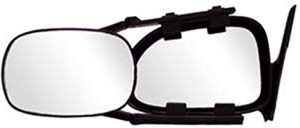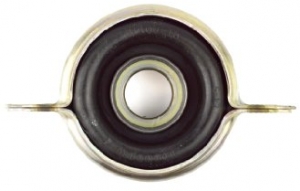-
Welcome to Tacoma World!
You are currently viewing as a guest! To get full-access, you need to register for a FREE account.
As a registered member, you’ll be able to:- Participate in all Tacoma discussion topics
- Communicate privately with other Tacoma owners from around the world
- Post your own photos in our Members Gallery
- Access all special features of the site
payload capacity
Discussion in '2nd Gen. Tacomas (2005-2015)' started by NewRider, Jan 7, 2014.
Page 1 of 2
Page 1 of 2


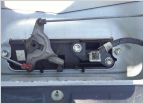 2015 backup camera
2015 backup camera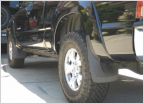 Mud Flaps
Mud Flaps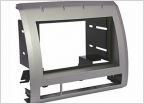 2011 audio upgrade questions
2011 audio upgrade questions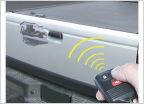 Pop and lock handle
Pop and lock handle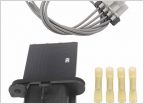 2nd Gen A/C fix
2nd Gen A/C fix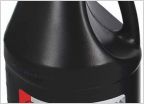 WoW How BAD did I just mess up? (possible dif fluid mishap)
WoW How BAD did I just mess up? (possible dif fluid mishap)







